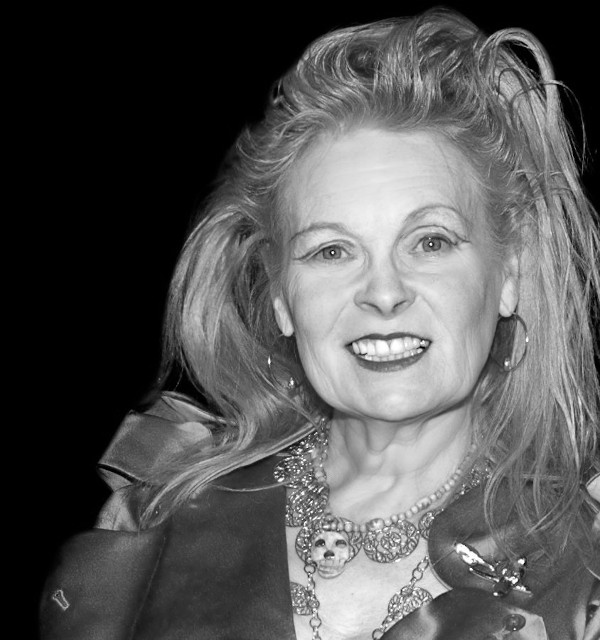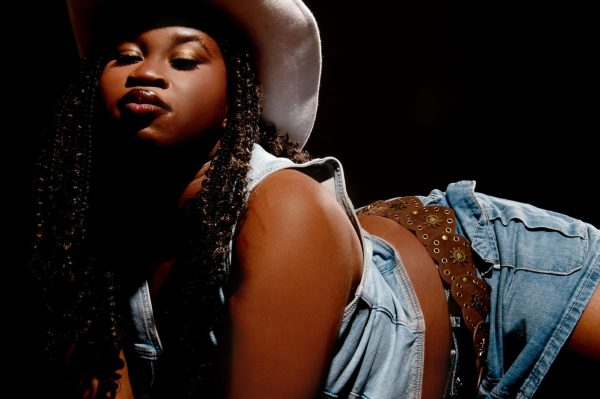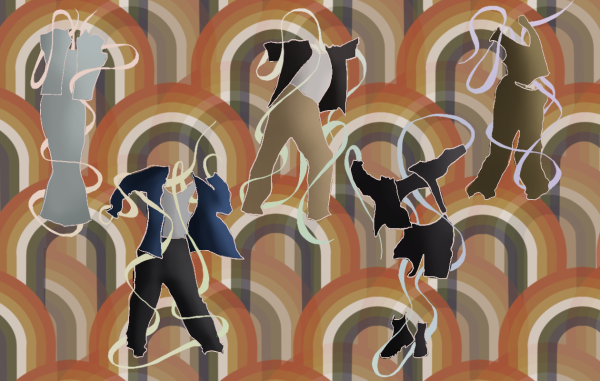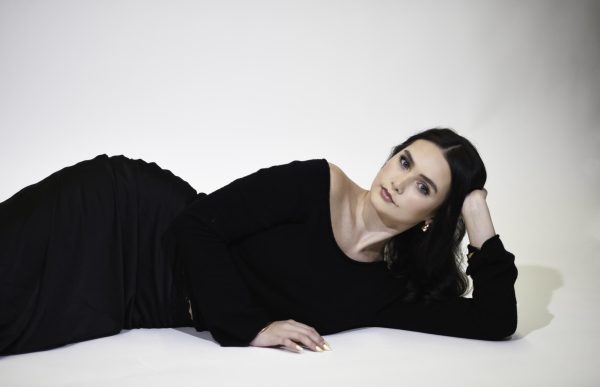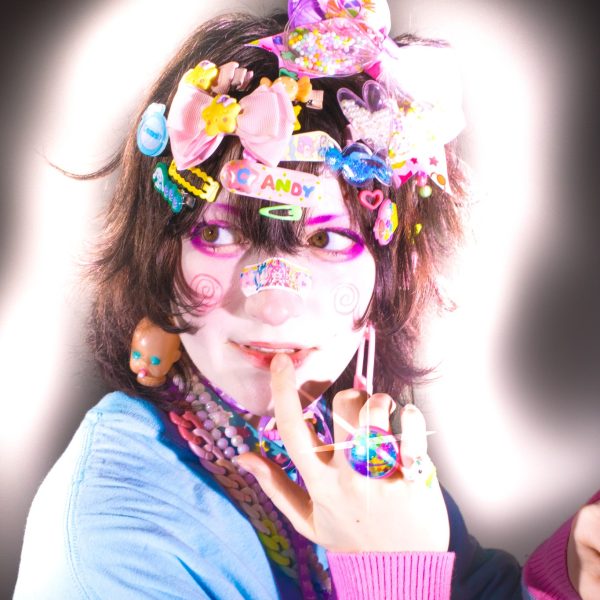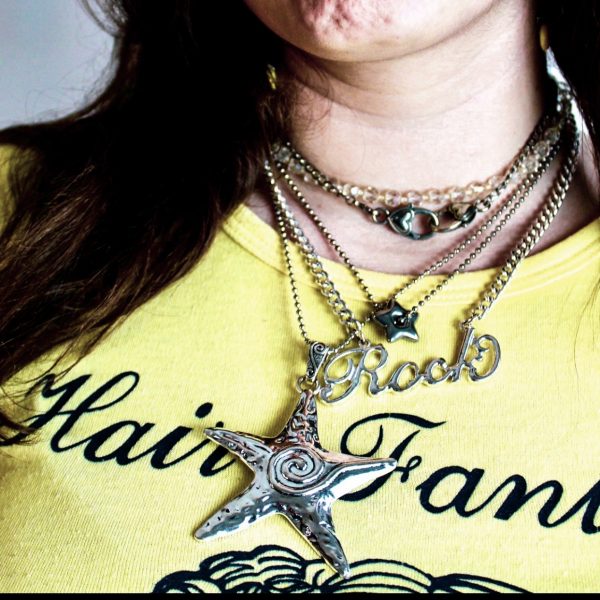vivienne westwood’s legacy as a fashion icon and punk powerhouse
Vivienne Westwood, the prolific fashion designer and mother of punk, died at 81 years old on Thursday. After a lifetime of rejecting conformity, political activism and pushing the boundaries of fashion, Westwood changed the face of fashion by creating space for those who defied convention and establishment. To put it simply, she was punk before punk was cool.
When the easygoing hippie culture of the ‘60s dominated mainstream fashion, Westwood gravitated towards rebellion –– a common theme in both her personal life and in her iconic aesthetic. Instead of donning bell bottoms and psychedelic patterns, Westwood embraced leather, chains and provocative graphic tees.
In the 1970s, Westwood met Malcolm McLaren, the manager of the British punk rock band Sex Pistols, and they soon became partners in business and in life. Westwood began designing clothes in 1971, and she and McLaren opened a boutique on King’s Road called Let It Rock.
Westwood’s signature punk aesthetic shined in this boutique as she designed eye-catching clothing with rips, graphics, chains, safety pins and slogans. Her early work was heavily inspired by BDSM and the underground scene, which manifested in bondage-esque designs that sent shockwaves throughout 1970s London. Sex workers and punks frequented the boutique, which was aptly renamed SEX in 1974.
As punk trickled into the mainstream, Westwood brought her rebellious fashion sense to high fashion. Her first collection, “Pirate” (AW ‘81), honored historical references from the 17th to the 18th century and featured brightly colored garments reminiscent of those worn by swashbuckling pirates.
McLaren and Westwood eventually split in the early ‘80s, allowing Westwood to completely control her designs and creations. In the ‘80s and ‘90s, she mixed history with modernity by pulling inspiration from 16th century Tudor portraits and Rococo paintings by Jean-Antoine Watteau.
This period of Westwood’s career signaled a shift in her aesthetic as her collections began parodying upper-class attire. Her designs embraced historical silhouettes with an edge: the elusive Vivienne Westwood attitude. We can thank her for bringing the corset back.
Just like her designs, Westwood wasn’t afraid to speak up about political topics. She was an outspoken advocate for climate change, civil rights and free speech. Never one to shy away from controversy, she intertwined her advocacy with her designs and created impactful pieces such as a now-iconic graphic T-shirt protesting anti-terror laws.
“I did not see myself as a fashion designer but as someone who wished to confront the rotten status quo through the way I dressed and dressed others,” Westwood wrote in her eponymously titled memoir.
Westwood is the quintessential punk icon, and her daring designs have forever altered fashion history. The so-called “Priestess of Punk” brought her unapologetic, punk rock attitude to the runway and solidified her status as a fashion icon.
Support Student Media
Hi! I’m Catie Pusateri, A Magazine’s editor-in-chief. My staff and I are committed to bringing you the most important and entertaining news from the realms of fashion, beauty and culture. We are full-time students and hard-working journalists. While we get support from the student media fee and earned revenue such as advertising, both of those continue to decline. Your generous gift of any amount will help enhance our student experience as we grow into working professionals. Please go here to donate to A Magazine.

